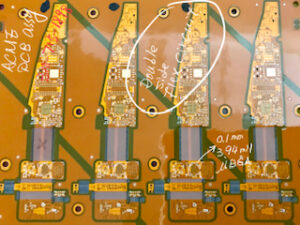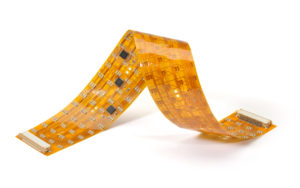As modern electronics continue to shrink in size while growing in complexity, Flexible PCB Assembly has emerged as a game-changing solution. From medical devices and smartphones to aerospace systems and wearables, flexible printed circuit boards (FPCBs) are paving the way for innovative designs that were once considered impossible with rigid boards. But like any technology, flexible PCB assembly brings both impressive advantages and unique challenges.
At BoardAssembly.com, we specialize in delivering high-quality flexible PCB solutions tailored to meet the exact specifications of our clients. Here’s what you need to know if you’re considering flexible PCB assembly for your next project.
Benefits of Flexible PCB Assembly
1. Design Versatility
Flexible PCBs can bend, twist, and fold, making them ideal for applications where space is limited or irregular. Their lightweight and thin profile enable designers to build products that are more compact, ergonomic, and durable.
2. Space and Weight Savings
Compared to traditional rigid boards, flexible circuits significantly reduce the overall weight and size of the electronic assembly. This is crucial in industries like aerospace, military, and medical technology, where every gram matters.
3. Improved Reliability
Because they eliminate the need for connectors and cables between separate rigid boards, flexible PCBs reduce connection points—one of the most common sources of failure. Fewer solder joints also mean fewer opportunities for mechanical failure.
4. Cost-Effective for Complex Assemblies
Although the upfront costs may be higher, flexible PCB assemblies can ultimately reduce the total cost of ownership by consolidating components and simplifying assembly processes, especially in high-density designs.
Challenges of Flexible PCB Assembly
1. Complex Manufacturing Process
The materials and manufacturing techniques required for flexible PCB assembly are more advanced than for traditional rigid boards. Precise handling, specialized equipment, and expert design are necessary to avoid defects.
2. Higher Initial Costs
Due to the specialized materials and processes, flexible PCBs generally cost more to prototype and manufacture than standard PCBs. However, these costs are often offset by savings in assembly and system integration over time.
3. Thermal and Mechanical Sensitivity
Flexible boards are more susceptible to damage from excessive heat or mechanical stress during the assembly process. Controlled environments and skilled technicians are crucial to maintaining the integrity of the board.
 Is Flexible PCB Assembly Right for You?
Is Flexible PCB Assembly Right for You?
If your project demands lightweight construction, space-saving design, and high reliability, Flexible PCB Assembly may be the perfect fit. At BoardAssembly.com, we combine technical expertise, cutting-edge equipment, and a commitment to quality to provide custom flexible PCB solutions that meet today’s toughest demands.
Whether you’re working on wearable tech, compact medical devices, or next-gen consumer electronics, our team is ready to help bring your vision to life. Contact us today to learn how flexible PCBs can transform your design and production process.





